Gem Profile- Seraphinite
I like baking. I like taking different ingredients, especially chocolate, mixing them all together, subjecting it to heat and coming up with something wonderful in the end. Rocks are a lot like baking, and often a lot more interesting than people give them credit for. I love the idea of taking several different minerals, mixing them together, applying water, heat or pressure (sometimes all three) and coming up with something entirely different.
This week we're mixing Magnesium, Iron, Aluminum and Silicon, subjecting them to some heated water, and coming up with Clinochlore which is more commonly known as Seraphinite (suh-raff-en-ite).
This week we're mixing Magnesium, Iron, Aluminum and Silicon, subjecting them to some heated water, and coming up with Clinochlore which is more commonly known as Seraphinite (suh-raff-en-ite).
About Seraphinite
Seraphinite is a beautiful green stone interspersed with chatoyant threads of mica reminiscent of wings. Seraphinite has a vitreous, or glass-like, luster with basal cleavage and is part of the Chlorite group of minerals. The Chlorite group consists of mostly green minerals with seraphinite being one of its only stars; the other is the bright lavender Kaemmererite.
Seraphinite cabochon by Darryl Heiden; wire wrapped in sterling silver by Delores Heiden
Seraphinite is a beautiful green stone interspersed with chatoyant threads of mica reminiscent of wings. Seraphinite has a vitreous, or glass-like, luster with basal cleavage and is part of the Chlorite group of minerals. The Chlorite group consists of mostly green minerals with seraphinite being one of its only stars; the other is the bright lavender Kaemmererite.
Seraphinite cabochon by Darryl Heiden; wire wrapped in sterling silver by Delores Heiden

Seraphinite gets its name from the reference in the book of Isaiah in the Bible with mentions of Seraphs or Seraphim, six-winged fiery beings sometimes thought of as snake- or dragon-like, surrounding the throne of God. If you look at a cut piece of Seraphinite, you can almost see wings in the pattern of the stone.
Shawnea Hardesty created this seraphinite pendant using gun metal enameled wire and a green seraphinite cabochon with a dramatic crystal structure.
Shawnea Hardesty created this seraphinite pendant using gun metal enameled wire and a green seraphinite cabochon with a dramatic crystal structure.

How Seraphinite was Discovered
Seraphinite, or Clinochlore, was first identified in 1851 in West Chester Pennsylvania, though Russian mineralogist Nikolay Koksharov is often given credit for actually discovering the stone. Seraphinite is usually forest green to gray in color and has a hardness of 2-3 on the Mohs scale. Since the stone is so soft, usually only beads or small cabochons are used in jewelry settings. If you do use a larger piece of Seraphinite in a setting, use a bezel or similar setting to protect the stone from breaking if it's bumped or dropped.
Barbara Preston wrapped this seraphinite cabochon in sterling silver wire, for a pendant measuring 3″x 1.25″
Seraphinite, or Clinochlore, was first identified in 1851 in West Chester Pennsylvania, though Russian mineralogist Nikolay Koksharov is often given credit for actually discovering the stone. Seraphinite is usually forest green to gray in color and has a hardness of 2-3 on the Mohs scale. Since the stone is so soft, usually only beads or small cabochons are used in jewelry settings. If you do use a larger piece of Seraphinite in a setting, use a bezel or similar setting to protect the stone from breaking if it's bumped or dropped.
Barbara Preston wrapped this seraphinite cabochon in sterling silver wire, for a pendant measuring 3″x 1.25″

Metaphysical Seraphinite Properties
Because of the wing-like inclusions, seraphinite is a healing stone, helping detoxify and strengthen the body. It also aids in weight loss by stimulating the metabolism and can help relieve muscle tension. In addition to physical healing, seraphinite can help release emotional pain and bring enlightenment and balance to the psyche. Placed in the south or southeast areas of a home or room, seraphinite can bring health, financial prosperity, vitality and supports new beginnings in life.
Joan Madouse wire wrapped this seraphinite pendant in silver-plated wire.
Because of the wing-like inclusions, seraphinite is a healing stone, helping detoxify and strengthen the body. It also aids in weight loss by stimulating the metabolism and can help relieve muscle tension. In addition to physical healing, seraphinite can help release emotional pain and bring enlightenment and balance to the psyche. Placed in the south or southeast areas of a home or room, seraphinite can bring health, financial prosperity, vitality and supports new beginnings in life.
Joan Madouse wire wrapped this seraphinite pendant in silver-plated wire.

Where is Seraphinite Found?
Road Trip! Though most of the seraphinite on the market today comes to us from the Lake Baikal region of Russia, it has some notable locales in the United States. One of the first recorded finds of seraphinite was in Britton's Quarry West Chester Pennsylvania. The quarry was originally opened in 1730 with the stones from the quarry used as building material for the many farm houses in the area and several buildings at the University of Pennsylvania among other areas. There are currently no mining operations within the quarry, because two of the three holes are filled with water. The third hole has been opened at times for rock-hounding, but check locally before heading to the quarry to make sure it's open.
Joan Madouse wrapped this freeform seraphinite cabochon in gold-plated wire
Road Trip! Though most of the seraphinite on the market today comes to us from the Lake Baikal region of Russia, it has some notable locales in the United States. One of the first recorded finds of seraphinite was in Britton's Quarry West Chester Pennsylvania. The quarry was originally opened in 1730 with the stones from the quarry used as building material for the many farm houses in the area and several buildings at the University of Pennsylvania among other areas. There are currently no mining operations within the quarry, because two of the three holes are filled with water. The third hole has been opened at times for rock-hounding, but check locally before heading to the quarry to make sure it's open.
Joan Madouse wrapped this freeform seraphinite cabochon in gold-plated wire

Other areas where Seraphinite has been found in North America are the Diablo Mountains of California; Trumbull, Connecticut and the Jeffrey Mine in Quebec, Canada. Though none of these areas offers public access to my knowledge, I'm pretty sure there are plenty of activities and places to visit in the surrounding areas and who knows, maybe you'll find discover some beautiful Seraphinite in some little obscure rock shop while adventuring on your own road trip!
Seraphinite pendant in gold-plated wire wrapped by Joan Madouse
Seraphinite pendant in gold-plated wire wrapped by Joan Madouse

Resources & Recommended Reading
www.minerals.net Clinochlore
Seraphinite on CrystalVaults.com
Seraphinite on Wikipedia
Seraphinite on GemDat.org
www.minerals.net Clinochlore
Seraphinite on CrystalVaults.com
Seraphinite on Wikipedia
Seraphinite on GemDat.org
Materials

Wire

Beads

Cabochons
Tools

Ultimate wire-pliers Set
G15-20
- G15-20
- Lesson Quantity: 1.00 pieces
- Purchase Quantity: 1.00 each
- Price: $99.95
- Gold Club Price: $74.96

Bench Tools
- Category: General Education
- Technique(s): General Education





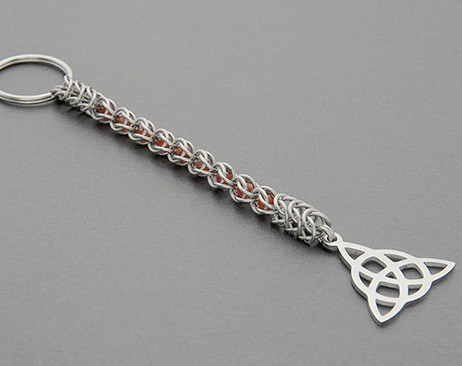

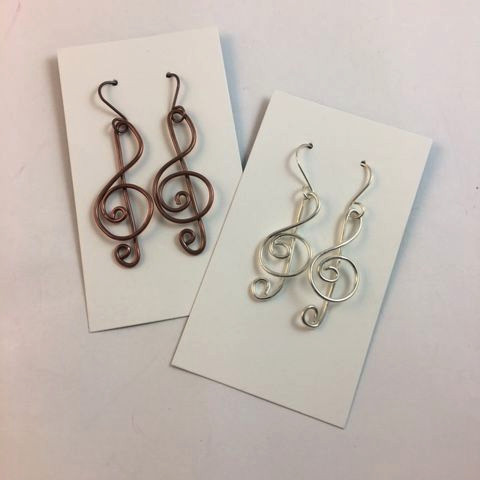

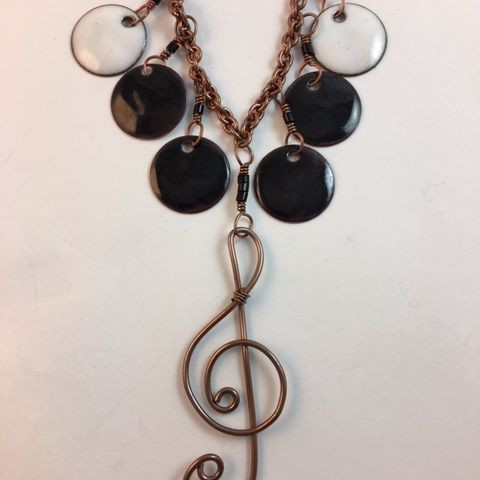
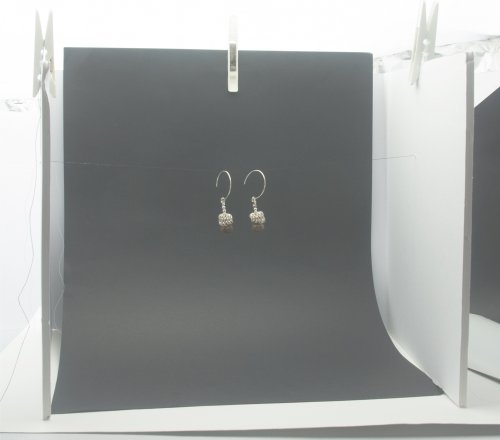
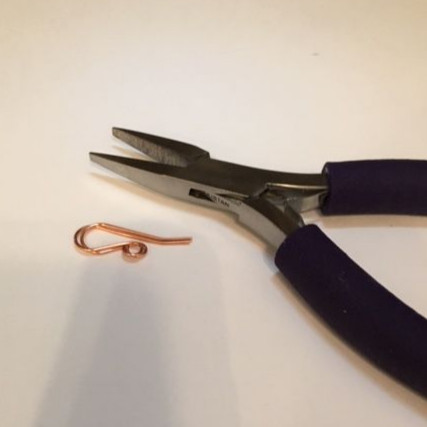
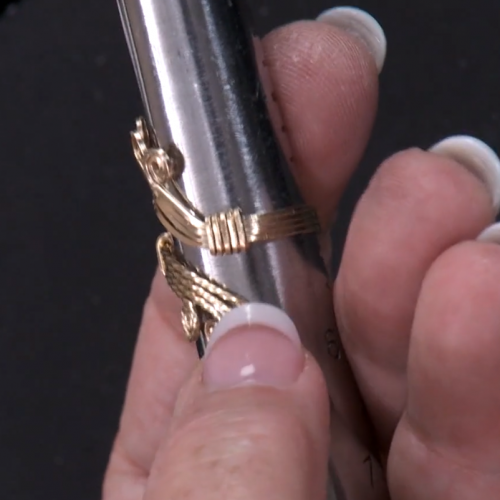





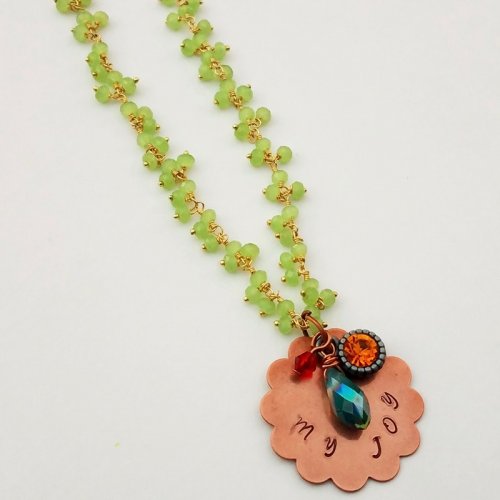



 Gem Profile- Moissanite
Gem Profile- Moissanite Birthstone Swarovski Colors
Birthstone Swarovski Colors Gem profile- Paua and Abalone
Gem profile- Paua and Abalone Tips for Tucson Shopping- Gem Show Secrets
Tips for Tucson Shopping- Gem Show Secrets About Jewelry Chain- About Ball Chain
About Jewelry Chain- About Ball Chain About Jewelry Chain- Snake Chain and Omega Chain
About Jewelry Chain- Snake Chain and Omega Chain About Jewelry Chain- Bar Chain and Peanut Chain
About Jewelry Chain- Bar Chain and Peanut Chain About Jewelry Chain- Cable Chain and Rolo Chain
About Jewelry Chain- Cable Chain and Rolo Chain About Jewelry Chain- Curb Chain and Gourmette Chain
About Jewelry Chain- Curb Chain and Gourmette Chain About Jewelry Chain- Figaro Chain
About Jewelry Chain- Figaro Chain About Jewelry Chain- Infinity Chain and Anchor Chain
About Jewelry Chain- Infinity Chain and Anchor Chain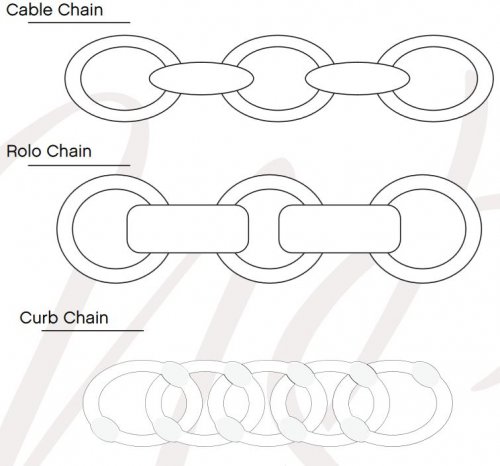 About Jewelry Chain- Chain Reference Sheet
About Jewelry Chain- Chain Reference Sheet About Jewelry Chain- Venetian Chain and Box Chain
About Jewelry Chain- Venetian Chain and Box Chain About Jewelry Chain- Wheat Chain and Rope Chain
About Jewelry Chain- Wheat Chain and Rope Chain Introduction to Chain
Introduction to Chain Access More Money by Making Jewelry When Your Prices Are Right
Access More Money by Making Jewelry When Your Prices Are Right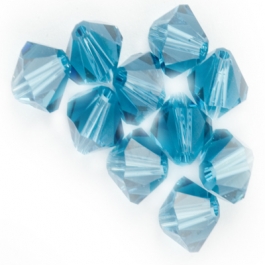 An Introduction to Beads and Beading
An Introduction to Beads and Beading Common Gemstone Misconceptions
Common Gemstone Misconceptions Wire Wrapped Christmas Tree
Wire Wrapped Christmas Tree How To Polish Metal Jewelry using a Rotary Tumbler
How To Polish Metal Jewelry using a Rotary Tumbler How To Polish Your Own Rocks using a Rotary Rock Tumbler
How To Polish Your Own Rocks using a Rotary Rock Tumbler How to Merchandise Your Jewelry on the Internet
How to Merchandise Your Jewelry on the Internet How to Use Twitter as a Wire Jewelry Artist
How to Use Twitter as a Wire Jewelry Artist 20 Ideas to get your Jewelry Biz Busy
20 Ideas to get your Jewelry Biz Busy Watching the Precious Metals Market
Watching the Precious Metals Market Jewelry Design Ideas - Get Inspired
Jewelry Design Ideas - Get Inspired Measuring Tools
Measuring Tools July Birthstone - The Ruby
July Birthstone - The Ruby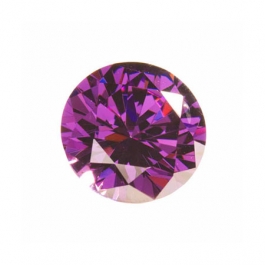 February Birthstone- Amethyst
February Birthstone- Amethyst March Birthstone - Aquamarine and Bloodstone
March Birthstone - Aquamarine and Bloodstone September Birthstone - Sapphire
September Birthstone - Sapphire November Birthstones - Topaz and Citrine
November Birthstones - Topaz and Citrine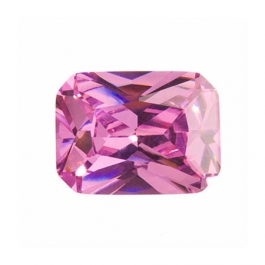 October Birthstones - Rose Zircon, Pink Tourmaline and Opal
October Birthstones - Rose Zircon, Pink Tourmaline and Opal April Birthstone - The Diamond
April Birthstone - The Diamond August Birthstone - Peridot and Sardonyx
August Birthstone - Peridot and Sardonyx June Birthstones - Alexandrite, Pearl and Moonstone
June Birthstones - Alexandrite, Pearl and Moonstone Metalsmithing
Metalsmithing Featured Tool - Mini TruStrike Hammers
Featured Tool - Mini TruStrike Hammers Natural Jasper Stones - Cabochon Gemstones
Natural Jasper Stones - Cabochon Gemstones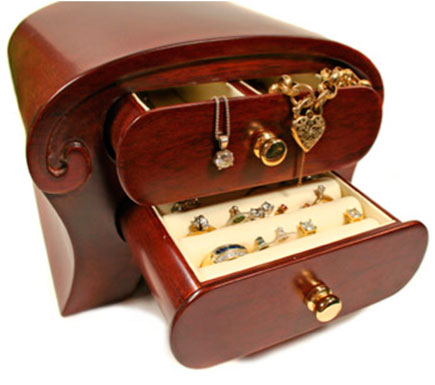 Organize Your Jewelry Box
Organize Your Jewelry Box Pearls- It's a Cultural Thing
Pearls- It's a Cultural Thing Soldering 101
Soldering 101 Starting Your Own Home Jewelry Business
Starting Your Own Home Jewelry Business The Art of Creating Chainmail
The Art of Creating Chainmail Why Should I Be Using Facebook
Why Should I Be Using Facebook Make Handmade Neck Cords on a Dime
Make Handmade Neck Cords on a Dime Tagging Handmade Jewelry Gifts
Tagging Handmade Jewelry Gifts Share Your Expertise with Your Community
Share Your Expertise with Your Community Creating Color Schemes for Jewelry Making
Creating Color Schemes for Jewelry Making Bronze, Brass, Nickel Silver and Copper Base Metals
Bronze, Brass, Nickel Silver and Copper Base Metals Gemstone Treatments
Gemstone Treatments How Wire is Made
How Wire is Made Beading A-B-C's
Beading A-B-C's How to Set Up Your Workspace
How to Set Up Your Workspace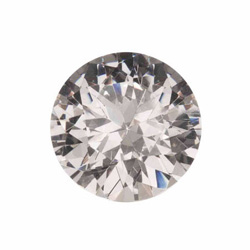 Gem Profile- Diamond
Gem Profile- Diamond Gem Profile- Peridot
Gem Profile- Peridot Gem Profile- Goldstone
Gem Profile- Goldstone Gem Profile- Cryptocrystalline Quartz Introduction
Gem Profile- Cryptocrystalline Quartz Introduction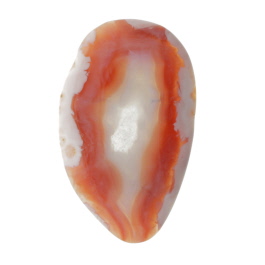 Gem Profile- Banded Agate and Brecciated Agate
Gem Profile- Banded Agate and Brecciated Agate Gem Profile- Emerald
Gem Profile- Emerald Gem Profile- Titanite or Sphene
Gem Profile- Titanite or Sphene Gem Profile- Morganite
Gem Profile- Morganite Gem Profile- Desert Rose
Gem Profile- Desert Rose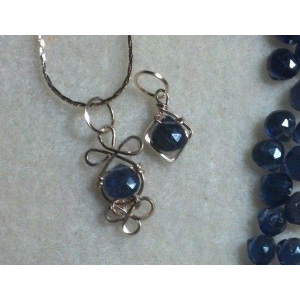 Gem Profile- Iolite
Gem Profile- Iolite Gem Profile- Zultanite
Gem Profile- Zultanite Gem Profile- Maw Sit Sit
Gem Profile- Maw Sit Sit Gem Profile- Tanzanite
Gem Profile- Tanzanite Gem Profile- Aquamarine
Gem Profile- Aquamarine Gem Profile- Turquoise
Gem Profile- Turquoise Gem Profile- Turquoise Types
Gem Profile- Turquoise Types Gem Profile- What's Druze
Gem Profile- What's Druze Gem Profile- Basalt
Gem Profile- Basalt Gem Profile- Fordite
Gem Profile- Fordite Gem Profile- Variscite
Gem Profile- Variscite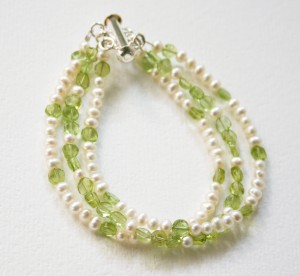 Gem Profile- Pearls
Gem Profile- Pearls Gem Profile- Onyx
Gem Profile- Onyx Gem Profile- Sunstone
Gem Profile- Sunstone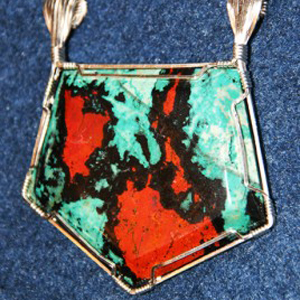 Gem Profile- Sonora Sunrise
Gem Profile- Sonora Sunrise Gem Profile- Rhodonite
Gem Profile- Rhodonite Gem Profile- Glass, Crystal and Quartz
Gem Profile- Glass, Crystal and Quartz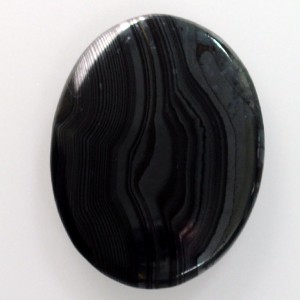 Gem Profile- Psilomelane
Gem Profile- Psilomelane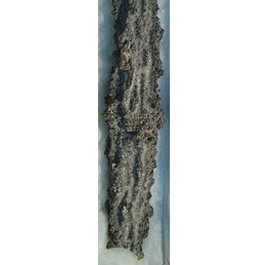 Gem Profile- Fulgurite
Gem Profile- Fulgurite Gem Profile- Cat's Eye
Gem Profile- Cat's Eye Gem Profile- Carnelian
Gem Profile- Carnelian Gem Profile- Petoskey Stones and Indonesian Fossil Coral
Gem Profile- Petoskey Stones and Indonesian Fossil Coral Gem Profile- Rutilated Quartz
Gem Profile- Rutilated Quartz Gem Profile- Chrysocolla
Gem Profile- Chrysocolla Gem Profile- Jet
Gem Profile- Jet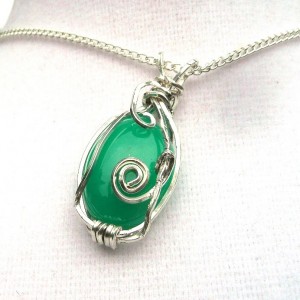 Gem Profile- Chrysoprase
Gem Profile- Chrysoprase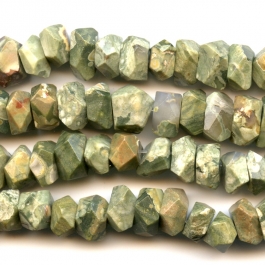 Gem Profile- Rhyolite
Gem Profile- Rhyolite Gem Profile- Chalcedony
Gem Profile- Chalcedony Gem Profile- Lepidolite and Sugilite
Gem Profile- Lepidolite and Sugilite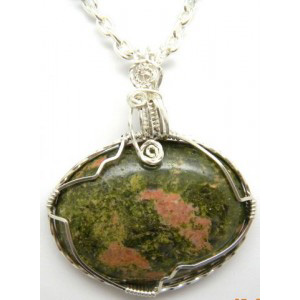 Gem Profile- Unakite
Gem Profile- Unakite Gem Profile- Cowrie Shells, Conch Shells, and Drilling Shells
Gem Profile- Cowrie Shells, Conch Shells, and Drilling Shells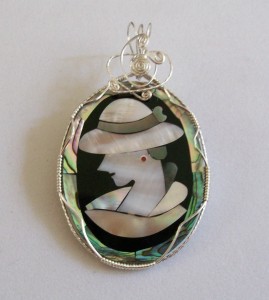 Gem Profile- Mother of Pearl
Gem Profile- Mother of Pearl Gem Profile- Moss Agate and Plume Agate
Gem Profile- Moss Agate and Plume Agate Gem Profile- Thundereggs and Mexican Lace Agate
Gem Profile- Thundereggs and Mexican Lace Agate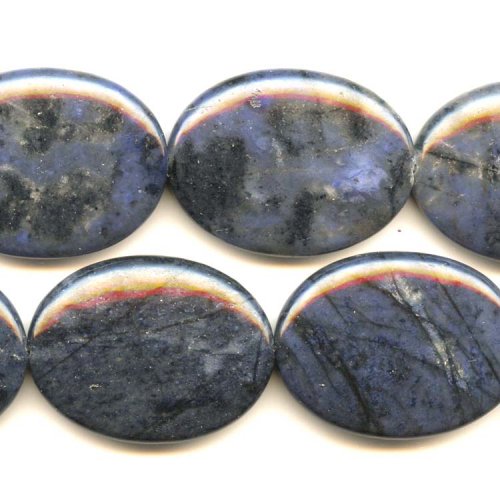 Gem Profile- Dumortierite
Gem Profile- Dumortierite Gem Profile- Apatite
Gem Profile- Apatite Gem Profile- Blue Topaz
Gem Profile- Blue Topaz Gem Profile- Aragonite
Gem Profile- Aragonite Gem Profile- Zircon and Cubic Zirconia
Gem Profile- Zircon and Cubic Zirconia Gem Profile- Topaz
Gem Profile- Topaz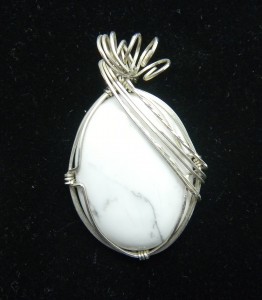 Gem Profile- Howlite
Gem Profile- Howlite Gem Profile- Sodalite
Gem Profile- Sodalite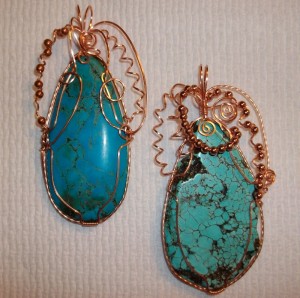 Gem Profile- Magnesite
Gem Profile- Magnesite Gem Profile- Cuprite
Gem Profile- Cuprite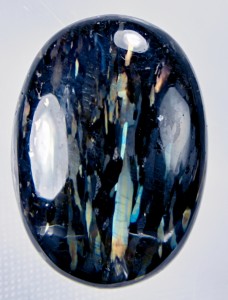 Gem Profile- Nuummite
Gem Profile- Nuummite Gem Profile- Bronzite
Gem Profile- Bronzite Gem Profile- Kyanite
Gem Profile- Kyanite Gem Profile- Hematite
Gem Profile- Hematite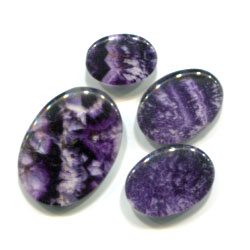 Gem Profile- Derbyshire Blue John
Gem Profile- Derbyshire Blue John Gem Profile- Eilat Stone
Gem Profile- Eilat Stone Gem Profile- Vesuvianite
Gem Profile- Vesuvianite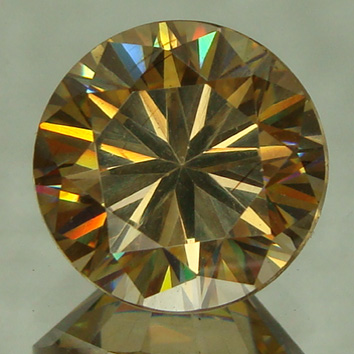 Gem Profile- Strontium Titanate -Fabulite
Gem Profile- Strontium Titanate -Fabulite Gem Profile- Tourmaline
Gem Profile- Tourmaline Gem Profile- Larimar
Gem Profile- Larimar Gem Profile- Garnet
Gem Profile- Garnet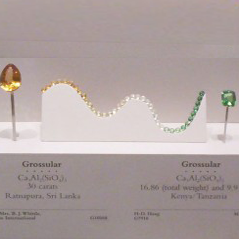 Gem Profile- Tsavorite and Green Garnets
Gem Profile- Tsavorite and Green Garnets Gem Profile- Serpentine
Gem Profile- Serpentine American Wire Gauge
American Wire Gauge Viking Knit Chain and I Cord Chain
Viking Knit Chain and I Cord Chain Copper Roses
Copper Roses How to Make Medical ID Bracelets Special
How to Make Medical ID Bracelets Special Remembering the Fallen
Remembering the Fallen


